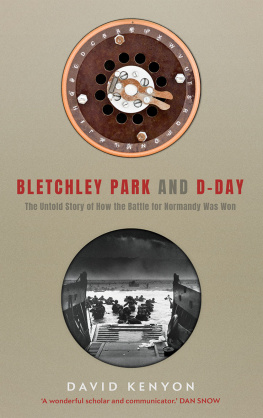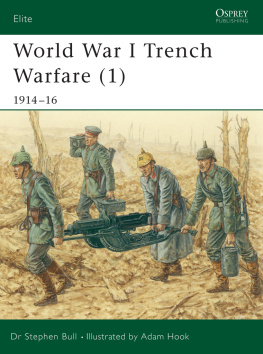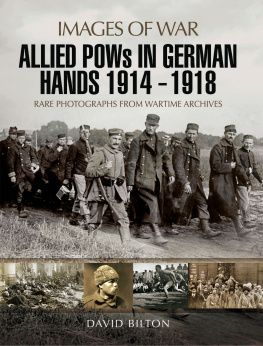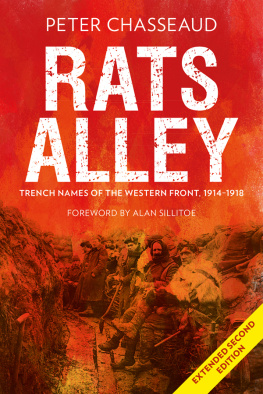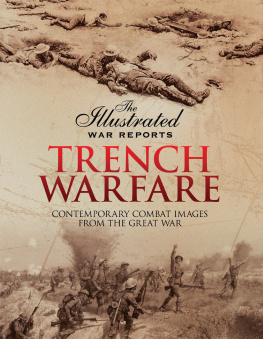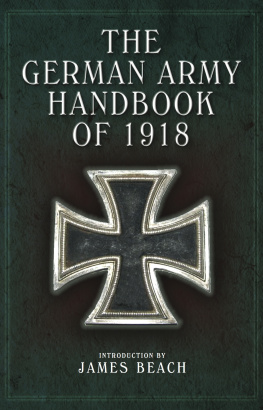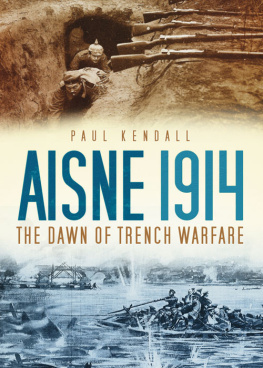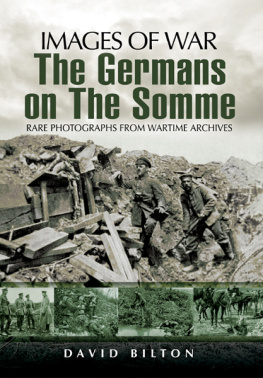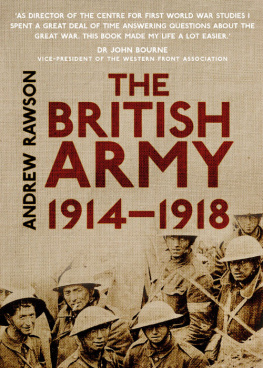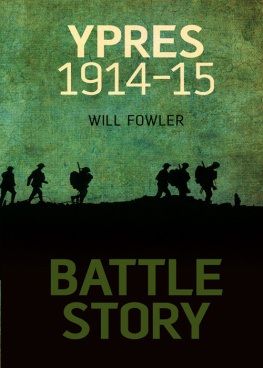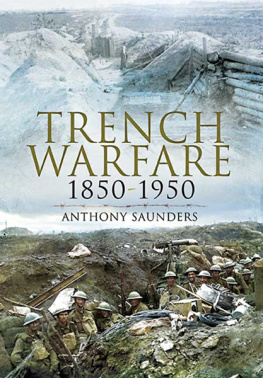First published in Great Britain in 2011 by
Pen & Sword Military
an imprint of
Pen & Sword Books Ltd
47 Church Street
Barnsley
South Yorkshire
S70 2AS
Copyright David Kenyon 2011
ISBN 978-1-84884-364-6
eISBN 9781844682362
The right of David Kenyon to be identified as Author of this Work has been asserted by him in accordance with the Copyright, Designs and Patents Act 1988.
A CIP catalogue record for this book is available from the British Library.
All rights reserved. No part of this book may be reproduced or transmitted in any form or by any means, electronic or mechanical including photocopying, recording or by any information storage and retrieval system, without permission from the Publisher in writing.
Typeset in 11/13 Ehrhardt by Concept, Huddersfield, West Yorkshire Printed and bound in England by CPI UK
Pen & Sword Books Ltd incorporates the Imprints of Pen & Sword Aviation, Pen & Sword Family History, Pen & Sword Maritime, Pen & Sword Military, Pen & Sword Discovery, Wharncliffe Local History, Wharncliffe True Crime, Wharncliffe Transport, Pen & Sword Select, Pen & Sword Military Classics, Leo Cooper, The Praetorian Press, Remember When, Seaforth Publishing and Frontline Publishing.
For a complete list of Pen & Sword titles please contact
PEN & SWORD BOOKS LIMITED
47 Church Street, Barnsley, South Yorkshire, S70 2AS, England
E-mail: enquiries@pen-and-sword.co.uk
Website: www.pen-and-sword.co.uk
Foreword
by Professor Richard Holmes
David Kenyon is a keen horseman, and in tackling the subject of British cavalry on the Western Front he is taking on the literary equivalent of a vast hedge with a slippery take-off and a ditch on the landing side. For although, over the past thirty years, a veritable galaxy of scholars has illuminated so many aspects of the First World War, the cavalry still stands, as Stephen Badsey observed as long ago as 1982, as a metaphor for all that is foolish and outdated about the conflict. Even the most astute historians tend to brush aside British attempts to use cavalry in the great offensive battles of 191517 as doomed to irredeemable failure by unsuitable terrain and hostile firepower, while for those playing to the popular gallery the spectacle of massed cavalry awaiting a breakthrough that never came is an easy way of summing up the intellectual bankruptcy of senior commanders who, as legend has it, were mostly cavalrymen themselves.
This is the first book to focus on the performance of the cavalry during the years of trench warfare. It benefits from the authors deep understanding of the structure, organisation and equipment of British and (let it never be forgotten) Indian cavalry, and of the practical issues of horse management that made it so hard to keep mounts in good condition in the inhospitable surroundings of the Western Front in wintertime. By careful analysis of its role in successive offensives, from the Somme in 1916, through Cambrai the following year and on to the last victorious Hundred Days of the war, Kenyon concludes that the cavalry did indeed have an important contribution to make.
Its mobility was by no means as badly circumscribed by the ground and German defences as might be supposed, in part because of the development of mobile trench-crossing bridges that could be quickly erected and the use of specialist route-clearance units. Its firepower, always superior, thanks to the fact that it carried the same superb Lee Enfield rifle as the infantry, to that of German cavalry, was enhanced by the use of the Vickers medium machine guns deployed by the Machine Gun Corps (Cavalry) and the Hotchkiss light machine guns that were integral to cavalry regiments. And despite the guffaws still aroused by the prospect of sword-wielding horsemen trying to get to grips with rifle-armed infantry, it is evident that there were times when mounted shock action did indeed succeed, and aggressive and determined horsemen played an important part in undermining German morale on 8 August 1918.
However, Kenyon concludes that while the cavalry could boast numerous tactical successes, it failed to make the operational contribution hoped for by some of its advocates. This had less to do with the inherent weaknesses of the arm itself than with failures at various levels in the command structure. Field Marshal Sir Douglas Haig, who remained the cavalrys greatest champion, and without whose support there would have been far fewer cavalry units in France, tended to the pre-war view that cavalry was an arm of decisive exploitation, best husbanded for use in mass once a breakthrough had been identified. In fact, as Kenyon so capably demonstrates, the development of the multi-layered battle meant that there were many occasions when relatively small numbers of horsemen, held very close to the front, were more valuable than much larger quantities even a short distance further back. Lieutenant General Kavanagh of the Cavalry Corps had made his reputation as a brave and competent brigadier in 1914, but was out of his depth as a corps commander. His attempts to retain tactical command of his horsemen once battle was joined not only added an unnecessary link to the chain of command but allowed him, most notably at Cambrai, to hector his subordinates into pressing attacks when they themselves recognised that the opportunity had passed.
Kenyons work chimes sonorously with some of the best recent research by emphasising that the main problems facing the British sprang from command, control and communications. His examination of the arrangements that were intended to enable the cavalry to exploit success shows that while communications generally worked well enough straight up and down the chain of command, they were very poor laterally, and infantry commanders, presented with a fleeting opportunity, often found themselves with no cavalry to hand and no means of summoning any. Kenyon, who is by no means a blinkered advocate for his arm of choice, recognises that there were indeed times when thrusting cavalry leaders caused avoidable casualties by insisting on mounted shock action in inappropriate circumstances, but he points to numerous examples of junior cavalry officers injecting fresh momentum into a stalled battle by dash and determination the same qualities that were to prove so crucial a generation later when tanks had replaced horses.
The tactical circumstances of the Western Front, most notably the burgeoning role of artillery, meant that successful offensive battles would always require careful planning, preparation and co-ordination. But there usually came a moment when the situation had evolved beyond that envisaged by the planners, and comparatively junior commanders needed to generate purposeful activity in the absence of detailed orders if they were to prevent the defender from cauterising his wound before the attacker could widen it. In one sense the British armys conduct of operations on the Western Front was intimately bound up with the relationship between detailed orders and individual initiative, and it is not hard to see at least part of the reason for the cavalrys failure to achieve more dramatic results as a reflection of an overall style of command which, at least until 1918, remorselessly subordinated initiative to process. In fairness, there were good reasons (not least the armys huge wartime expansion and the extemporisation of headquarters at all levels) why this should have been the case. But as I read David Kenyons thoughtful and scholarly study, there are times when I suspect that one of the armys real problems was not that there was too much cavalry dash but too little.




